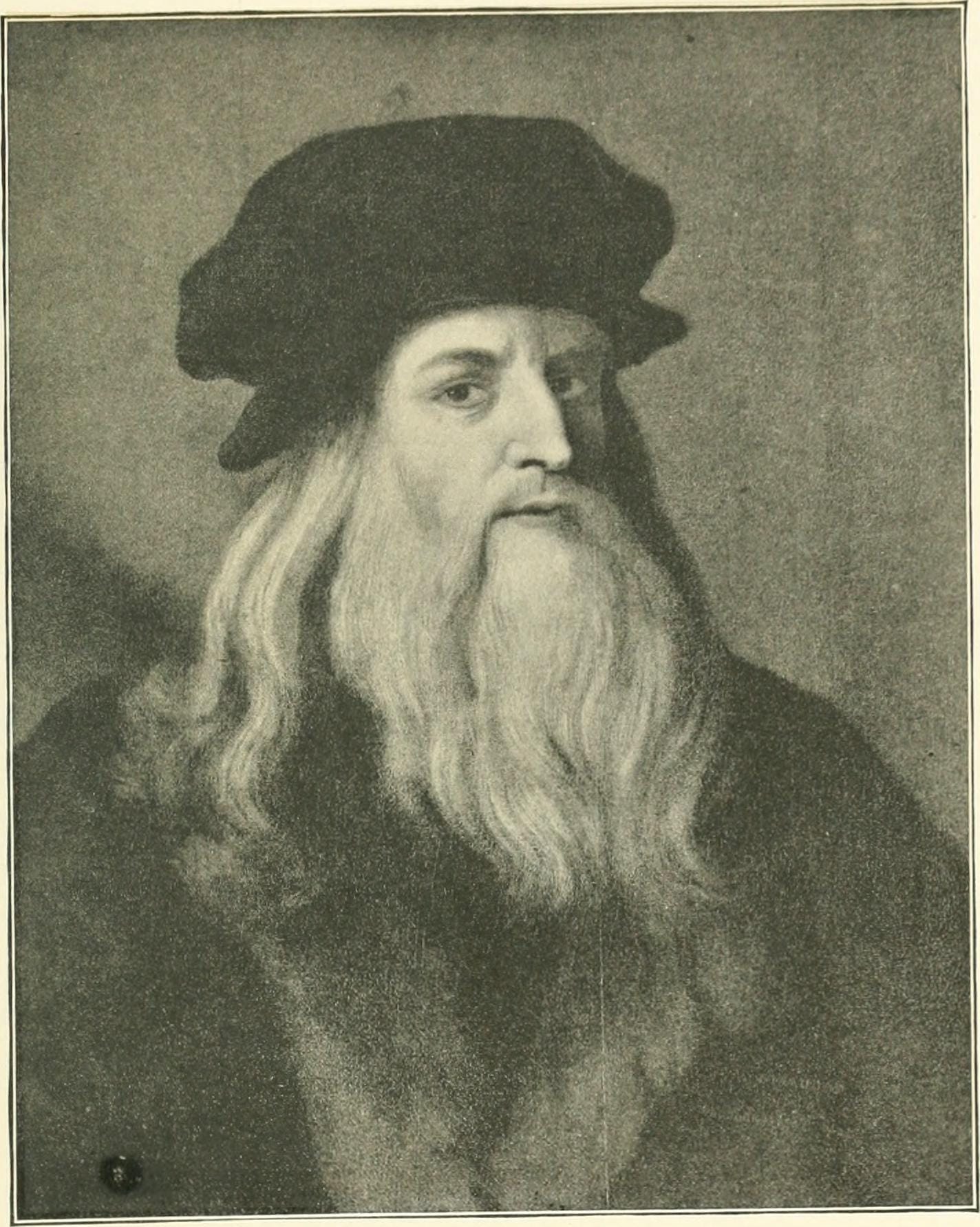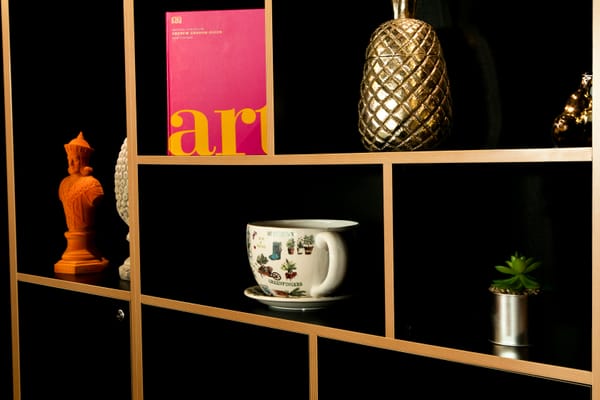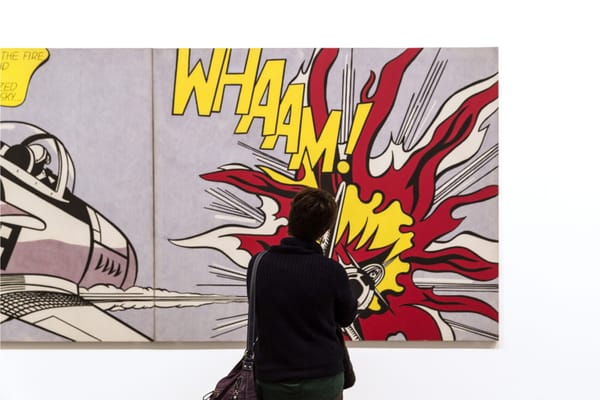Leonardo da Vinci’s Mona Lisa: Behind the Scenes
Leonardo da Vinci’s Mona Lisa is more than just a painting; it’s a centuries-old mystery. Discover the behind-the-scenes process, the challenges Leonardo faced, and how his quest for perfection turned a portrait into an icon of art history.

Imagine Leonardo da Vinci in his Florentine workshop, surrounded by canvases, pigments, and the soft scent of wood. His fingers are smudged with charcoal, and his eyes, ever critical, scan the portrait of a woman sitting serenely before him. She smiles—but only just. That smile, half-formed, with its mysterious air, is the beginning of what will become one of the most famous paintings in history: the Mona Lisa.
Who was she? What lay behind that beguiling expression that has fascinated millions over centuries? The answers to these questions, like the woman herself, seem to float just out of reach.
The Process: A Quest for Perfection
Leonardo da Vinci began working on the Mona Lisa in 1503, likely commissioned by the husband of a wealthy Florentine merchant, Lisa Gherardini. But unlike most portraits of the time, da Vinci didn’t treat this as a straightforward commission. Instead, it became an obsession—a quest for perfection. He labored over the painting for years, employing techniques that were both radical and time-consuming.
At the heart of Leonardo's masterpiece is the technique known as sfumato, which literally means “vanished” or “smoky” in Italian. Leonardo’s brush moved in such fine strokes, blending colors and shadows with imperceptible transitions, so that lines themselves seemed to disappear. The result? The Mona Lisa’s expression, particularly her enigmatic smile, shifts depending on the viewer's position and mood.
It was as if da Vinci sought not only to capture her likeness but to create a living, breathing presence on canvas. Each layer of paint drew him deeper into this pursuit, and the process of refinement spanned years. Historians believe that Leonardo never fully relinquished his grip on the Mona Lisa, carrying the painting with him to France when he moved to serve King Francis I.

The Challenges: Time as an Obstacle
For da Vinci, perfection was never something to be hurried. This philosophy, while producing some of the most breathtaking art in history, was also his greatest obstacle. The painting of the Mona Lisa took longer than expected, and though Leonardo began it around 1503, he is believed to have continuously worked on it until his final days in 1519.
This extended process likely frustrated his patrons, who expected timely delivery. But for Leonardo, the Mona Lisa was more than a simple portrait—it was a scientific and philosophical study, an attempt to capture both the external beauty and the internal essence of his subject.
Influences: The Renaissance and Beyond
Leonardo's work was deeply embedded in the intellectual currents of the Renaissance. He wasn’t just a painter—he was a scientist, an anatomist, and a thinker. His notebooks reveal pages filled with studies of human anatomy, light, and shadow—all of which found their way into his art.
In many ways, the Mona Lisa is a culmination of his life's work. Her face reflects his anatomical studies, the muscles beneath the skin painted with meticulous detail. The way light plays across her features is a testament to his understanding of optics and geometry. More than just a portrait, the Mona Lisa embodies Leonardo’s view of art as a means to explore the mysteries of human existence.
The Enigma of the Smile: A Mystery for the Ages
But what of the Mona Lisa’s smile, that most enigmatic of expressions? How could such a subtle shift in muscle create a mystery that still captivates audiences five centuries later? Leonardo’s skill lay in his ability to manipulate light and shadow (chiaroscuro), allowing the corners of the mouth to remain ambiguous. From one angle, the smile seems tender and inviting; from another, it appears almost distant or melancholy.
This ambiguity has led to endless interpretations. Is she smiling because she knows a secret? Is she sad, or merely reflective? Some art historians argue that the smile is more than a representation of emotion—it’s a demonstration of Leonardo’s study of the human psyche, his fascination with how fleeting and layered our emotions truly are.

A Journey Through Time: From Florence to France
After years of refining his masterpiece, Leonardo took the Mona Lisa with him when he left Italy for France in 1516. It was one of the few paintings he carried with him, suggesting the special place it held in his heart. Upon his death in 1519, the Mona Lisa was passed to his assistant and close friend, Salai, and later found its way into the collection of King Francis I of France.
For centuries, the painting lived in royal collections before eventually becoming part of the Louvre Museum’s collection in Paris. Yet, even after all this time, her presence is no less commanding. Visitors to the Louvre still flock to her, drawn by the same mysterious allure that has intrigued kings, scholars, and artists for generations.
ART Walkway News





